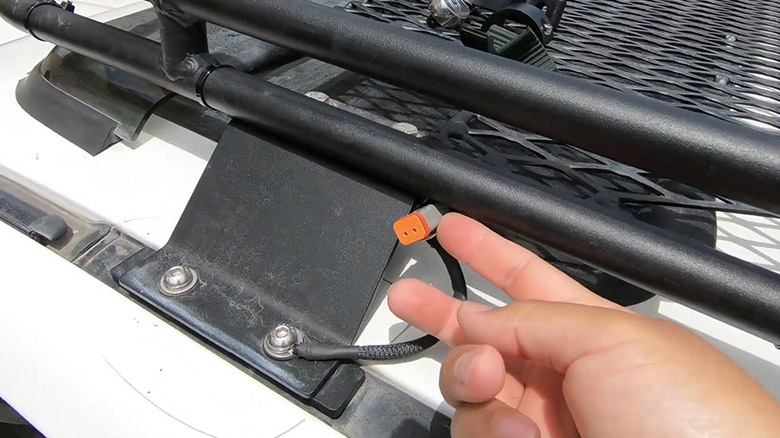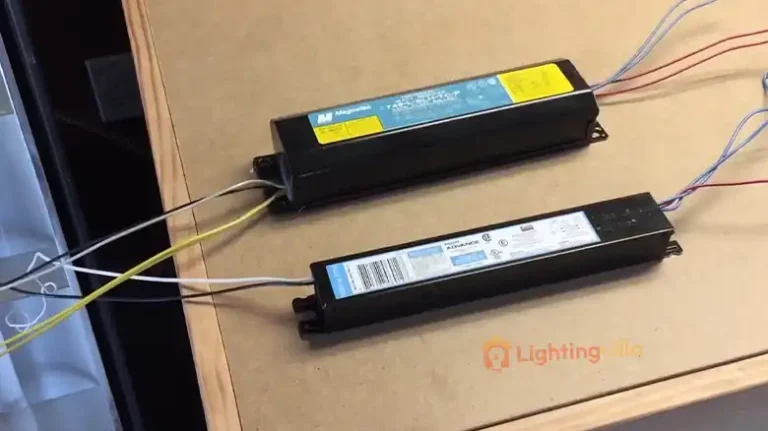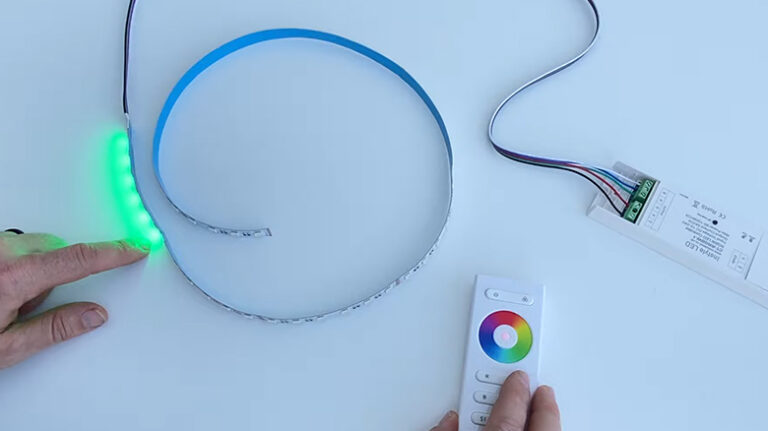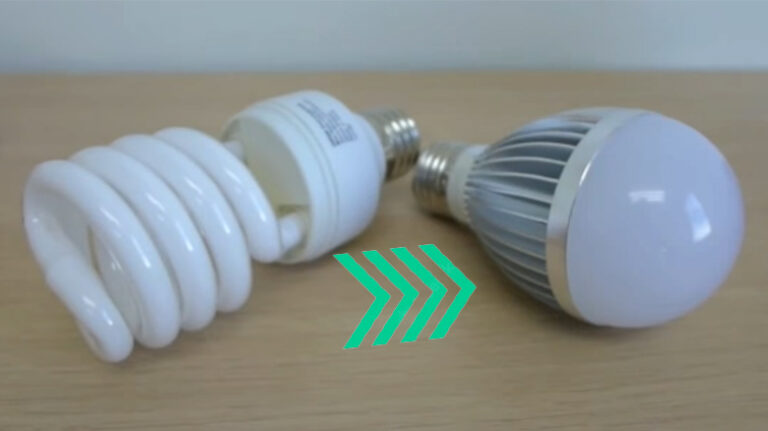How to Wire Roof Rack Lights | Step-By-Step Guide
There is a good reason why lightbars are among the most popular aftermarket upgrades for both four-wheel drivers and adventurers. Their affordability, safety, and ease of use make them an excellent choice for night driving. There are right and wrong ways to install Roof Rack Lights accessories. You can make your future brighter with lightbars with this handy installation guide,

What is The Best Way to Wire Roof Rack Lights?
Before you proceed with any installation, ensure your lightbar is securely mounted to your roof rack. Over time, corrugations can severely damage lightbar mounts made of cheap or flimsy materials. Lightbar mounts that attach directly to sheet metal can sometimes fatigue the metal around them and break. It depends on how the lightbar mounts.
It’s time to wire up your lightbar after mounting it on your roof rack. In addition to wiring the lights, you must run the wires correctly. Wait to cut a 20mm hole in your roof skin – you have a few options. Cables are typically run behind snorkels using stick-on cable clips.
The wiring from the roof is not usually a plug-and-play affair, and you will need some auto-electrical knowledge to select a suitable wire gauge and join or terminate the wires since an extended wiring harness is necessary in addition to the supplied wiring harness.
Here Are The Steps for Wiring Roof Rack Lights
Step 1. Side glass of the Windshield
Vehicles with windscreens that do not allow this position depend entirely on the vehicle. It is usually a twin-core heavy gauge wiring from any 12v supplier that runs from the light to the power supply. We will place the wiring on the side of the windscreen and secure it with silicone adhesive.
Step 2. Down the Back of the Cab
However, it is an acceptable option that generally only requires cable ties for installation and requires a much longer lineal meter run. A ute’s cabling is generally routed across the sports bar or headboard of the tray and down to the chassis rail, attached to the roof rack or roof rail.
Step 3. Wire Goes Down the Snorkel
Despite not being common practice, you can loop the wire from a light roof bar into the snorkel head. It is necessary to drill a hole in the airbox side of the engine bay for the cables to connect to the engine bay. A river crossing will require a complete seal and testing of the penetration through the airbox.
Step 4. Drill Through the Roof
It is not reversible, making it the least desirable option. Wires are fed down into the vehicle cavity through a rubber grommet through a hole drilled through the outer roof skin.
It would help if you only used these options as a guide. In case you are still unsure, you should consult with a qualified auto electrician or 4×4 shop about the intricacies of the installation process and correct wire gauge selection.
Important Notes
Remember the Camp Lights: It is easy to use compact LED lighting around the camp, which makes it a great choice. Don’tDon’t worry about setting up in the dark anymore! It’sIt’s even helpful when stopping at roadside stops to get a perspective on what’s around. SI Light Bracket Kit (43202) provides extra backup lights or handy side lighting in a compact, low-profile design. Mounting options include low and high.
Night Light Considerations: Any LED light bar mounted on a roof rack must be understood where the light shines and how it impacts you at night. It is generally more accessible for the eyes to see warm temperatures (more yellow) than those reflecting off polished aluminum bull bars. Vinyl wraps that are non-reflective can solve this problem. Bull bars, antennas, and bonnets can all benefit from it.
If you’re looking for extra light at your local campgrounds or decking out your 4WD for the ultimate outback tour, a mounted LED lightbar on your Pioneer Rack will help. You can always depend on it for adventure with some clever thinking and well-designed accessories.
What Are the Benefits of Roof Rack LED Light Bar?
The purpose of LED lighting bars is to reduce the risk of non-compliance. The Department of Transportation or the local police might issue you a ticket if you need the proper lighting. LED light bars can make driving at night and dusk more convenient.
1) According to one review, LED light bars are primarily used in off-road vehicles. LED light bars provide a powerful and effective way to illuminate during the night. You must install an LED light bar in your vehicle to have enough lighting at night.
2) Increasingly popular LEDs are energy-saving and efficient. In the same way, LED light bars in vehicles are designed with energy efficiency in mind. Mechanical experts recommend LED lights because of their excellent energy efficiency.
3) The drivers are responsible for ensuring their own and others’ safety by preventing accidents and risks. A lousy lighting problem will make it more difficult for them to see at night and dusk. LED light bars will solve this problem. LED light bars are safe because of this quality.
4) We have won numerous awards for our LED lights which promote green energy. Due to their non-emission of harmful elements, LED light bars for vehicles reduce toxic waste emissions. In addition to being environmentally friendly, they are also harmless to their users.
Frequently Asked Questions
Where Do I Wire a Roof Light Bar?
Located along the roof of the ute, this cable terminates at either the sports bar or tray headboard, then continues along the chassis rail, which follows the deck of the ute to the engine compartment.
How Do I Run Lights on a Roof Rack?
Light bars that mount on roofs have a variety of wiring options. Make a hole in the roof and run it down the a-pillar. You will need to run wires through the weather stripping and the windshield. Wire up your windshield with a bulky wiring loom.
Conclusion
A light bar is a necessity for any respectable adventure van. Now that there was a roof rack to mount lights on, there was no stopping it. Light bars can be expensive and great, but they are way overkill for what we need. Dirt back roads require a little extra light.






